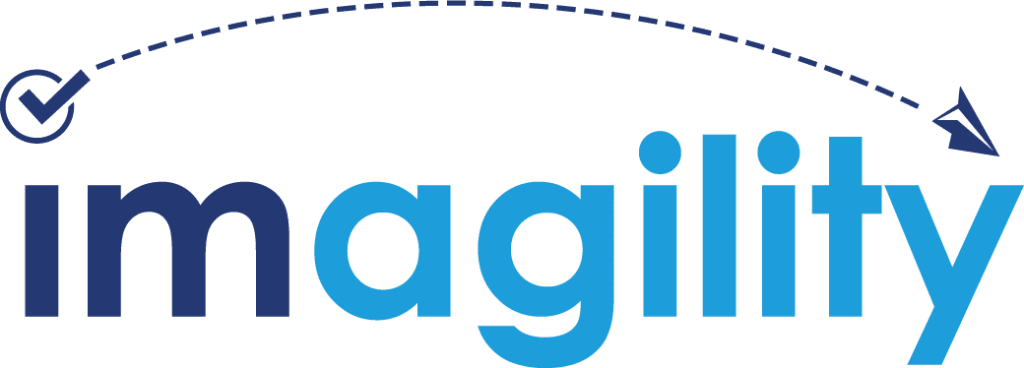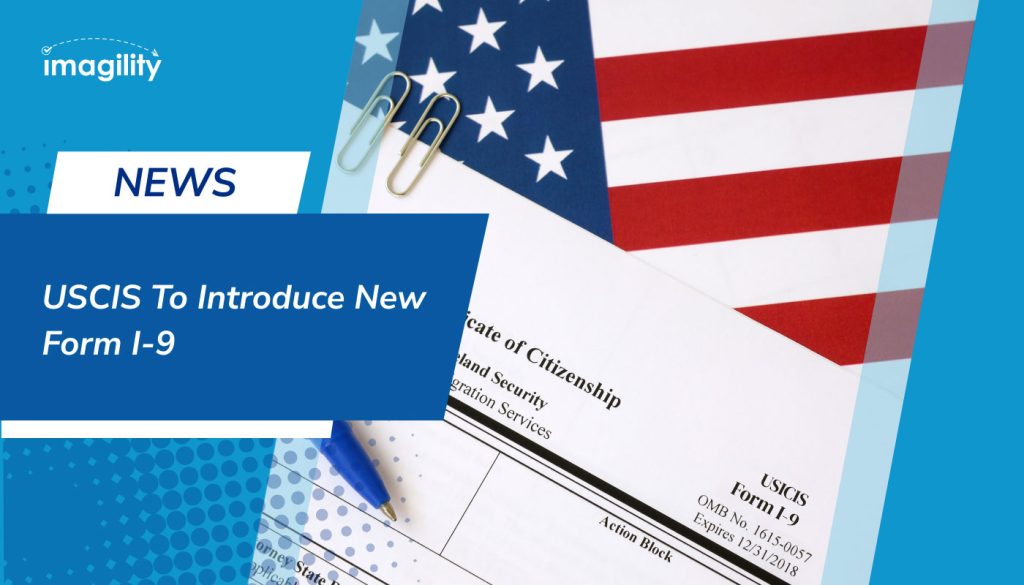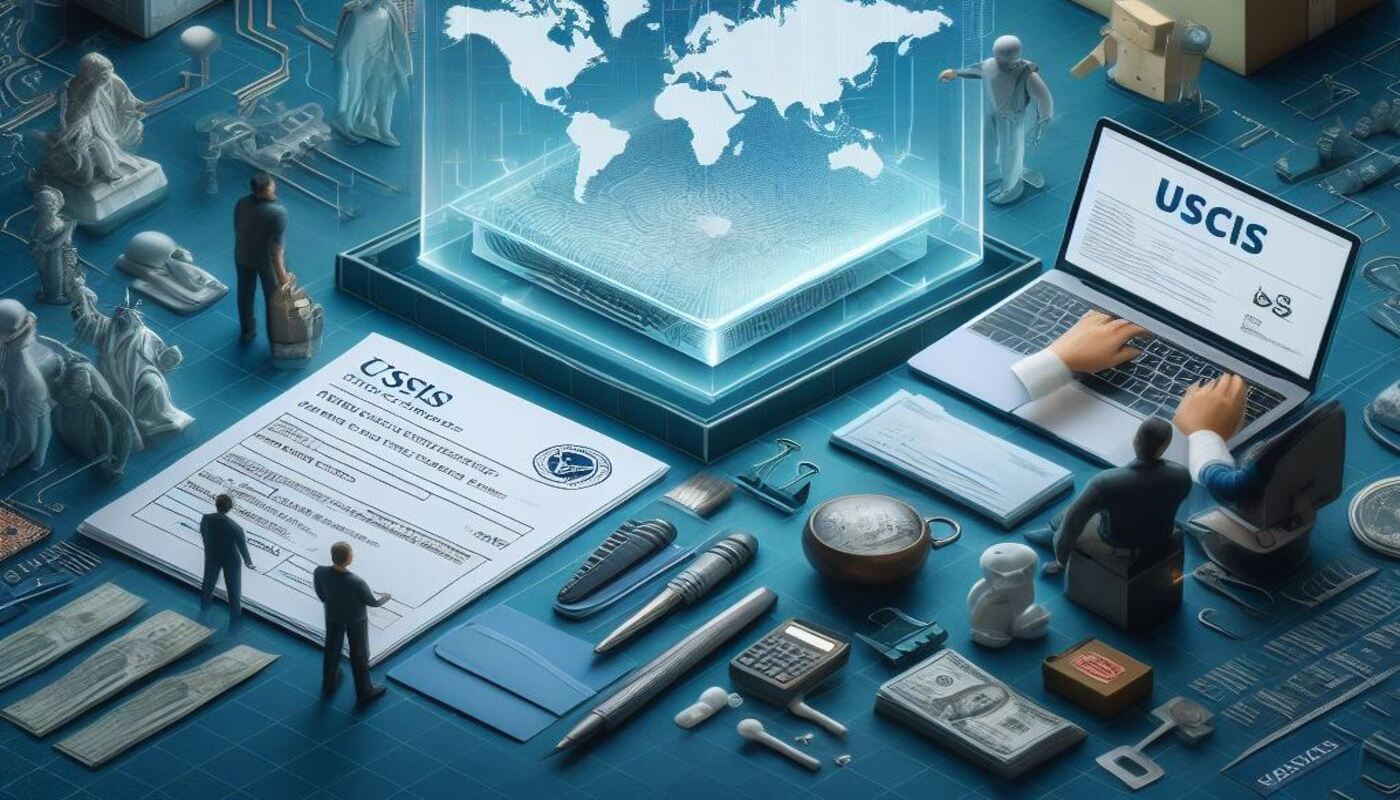USCIS to Publish Revised Form I-9: Simplified Employment Eligibility Verification
The U.S. Citizenship and Immigration Services (USCIS) is all set to release a revised version of Form I-9, Employment Eligibility Verification, on August 1, 2023. The new form, which comes with improvements, aims to enhance the form’s efficiency and user experience. The highlight of the update is that it will allow permanent remote review for employers enrolled in the E-Verify program.
Let’s take a deep dive into all the new and enhanced features and improvements that come as a part of the agency’s efforts to streamline the ongoing I-9 verification process for new hires. These features benefit employers and employees, as well.
- Form layout – To make it easier for employers and employees to complete the form, USCIS has combined Section 1 and Section 2 of the form into a single-sided sheet. Moreover, this form has been designed in a way that it can easily be completed on mobile phones and tablets.
- Preparer/Translator Certification – Section 1 Preparer/Translator Certification will be a separate standalone supplement. Employers can provide employees with this supplement when necessary.
- Reverification and Rehire standalone – Section 3, Reverification and Rehire, has been moved to a separate supplement. When re-verification is required or rehire happens, employers can print this supplement and complete it.
- List of Acceptable documents – The revised List of Acceptable Documents will include special receipts. It will include links to information and guidance on automatic extensions of employment authorization documents.
- Form Instructions – I-9 form instructions have been reduced to 8 pages from 15 pages.
- Checkbox for employers enrolled in E-Verify – The revised I-9 form comes with a checkbox that can be used by employers who use E-Verify. Employers who have enrolled in E-Verify can use this checkbox to indicate that they have used an alternative procedure that the U.S. Department of Homeland Security has approved to remotely examine the identity and employment authorization documents of their remote employees. This procedure, which is meant for E-Verify users, will allow them to remotely examine documents and eliminate the need for in-person review, eventually saving them a lot of time. To be eligible for this remote verification procedure, employers must be enrolled in E-Verify, and they must examine and retain copies of all documents. They will have to conduct live video interaction with their employees and create a new E-verify case for every new employee they hire.
- Employees Examined During COVID-19 Flexibilities – Employers enrolled in E-Verify and who examined documents of their new hires when the COVID-19 flexibilities were in place (March 20, 2020, to July 31, 2023), can now opt for the new alternative procedure authorized by the DHS to meet the in-person document verification requirements by August 30, 2023. They can start using the alternative procedure from August 1, 2023, to migrate their data and meet the physical document examination requirement using the updated I-9 form. However, this does not apply to those not enrolled in the E-Verify program during the COVID-10 flexibilities. They must satisfy the physical examination requirement by August 30, 2023.
The new Form I-9 with the edition date 08/01/23 will be published on the USCIS website on August 1, 2023. The current I-9 form with the edition date 10/21/19 will be valid till October 2023, until which U.S. employers can use the current form. All employers must use the new edition of the form starting November 1, 2023, for their employment verification process.
In an attempt to streamline the employment eligibility verification process, USCIS has decided to publish a revised Form I-9. The new and enhanced features are sure to help employers save a lot of time and resources. Keep track of our Immigration News section to keep yourself updated on the latest news on I-9 compliance, I-9 form updates, and the overall employment eligibility verification process.
Source – USCIS.gov















